City Building
Designing a Place to Live and Love in the Winter

City Building

Winter poses a unique challenge for Canadians, especially those in the Golden Horseshoe. The weather is damp and often wildly cold. With climate change we're seeing less snow and more rain. And some cities have struggled to adequately invest in supporting appropriate placemaking and community initiatives that encourage connection from January through March.
The impact all of this has had on towns and cities, especially their main streets, is immense. Studies suggest the “cold weather” effect disproportionately benefits online retailers; people will skip going to their favourite pub, boutique, or corner store in favour of shopping from their smartphone. Add to that the fact that January, February, and March are traditionally the toughest months for all retailers and it means smaller outposts – which stimulate economies – struggle to stay afloat.
Then, of course, there’s the mental impact winter disconnection has on communities and individual citizens.
The Centre for Addiction and Mental Health now considers Seasonal Affective Disorder (SAD) as a critical health issue after we fall back – it will impact roughly 15 per cent of Canadians at some point in their lifetime.
People also feel lonelier because they have fewer opportunities to connect thanks to physical barriers that prevent them from getting up and outside as the temperature drops. (Think affordable and accessible transit options, programming to attract them to leave their home, and the ability to spend less post-the holidays.)
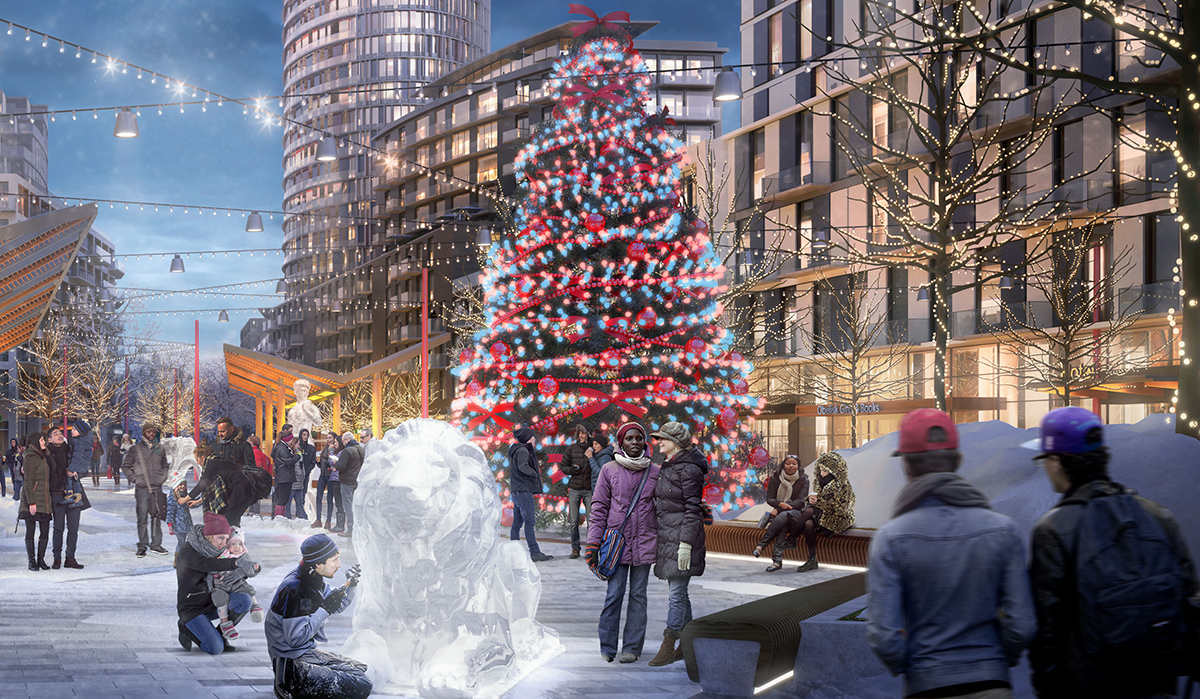
“Cold-weather cities need to focus on building great places and offering a variety of ways to come together that [differ from what’s on offer elsewhere]. Only then will people feel like it’s easier to access things to do in the winter,” Dennis Pieprz, a Principal at Sasaki Associates notes.
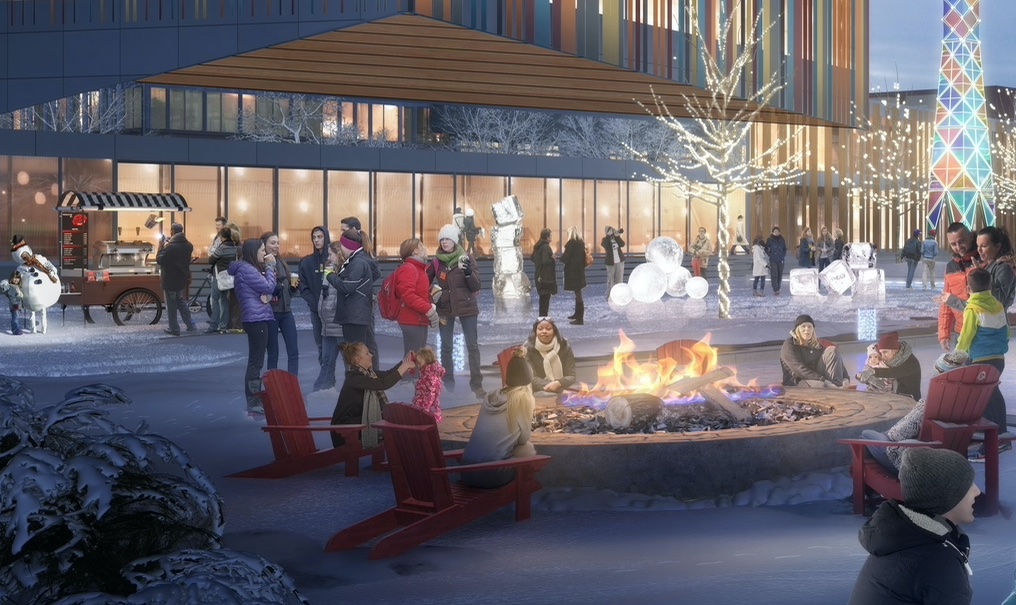
He points to the current plans for Lakeview Village as a great example of how a neighbourhood is being conceptualized to create connection, even when the temperature plummets. “I think about the cafe pavilion at Waterway Common. It will sit as an object next to the canal. It’s something people will bump into. They’ll be drawn into it on a late Wednesday afternoon when it’s dark and they want [to be around people] and enjoy a hot chocolate. It will be inviting.”

He adds the community overall is being built as a welcoming, open environment, specifically focused on bridging the accessibility gap between people and opportunities to connect. “This was previously an industrial site, with little to no interaction with the local community. Lakeview Village has brought new connections to the lake for future residents, visitors, and all of Mississauga."
Dennis says the team behind the development has taken lessons from places that embrace winter – think Edmonton, northern British Columbia, and Scandinavia and their concept of hygge (pronounced “hoo-guh”) – and incorporated them into design plans, so it’s inviting for everyone.
Lesson #1: Warmth. Scandinavian cities build for their cold temperatures, with higher energy standards for walls and doors, vestibules that prevent drafts, coat racks for winter gear, and plazas that block wind and capitalize on southern sun. People also enjoy a good hot tub or sauna.
Lesson #2: Light and Colour. Wintertime contentment relies on light. That’s why in Scandinavia it’s traditional to deck tables with candles, hang twinkle lights around windows, and illuminate backyards with fireplaces. Buildings in this region’s cities are also, famously, brightly hued, adding to the warmth of communities.
Lesson #3: Access to Nature. In cold-weather cities, easy access to the outdoors staves off lethargy and activates spaces. There are skating rinks illuminated by glittery lights and bike lanes that get turned into cross-country ski routes, encouraging people to get outside for play and to get to work.
Lesson #4: Gathering Places. In Scandinavia, restaurants, bars, cafes, bookstores, and shops act as meeting places where the community can come together to chat about their day or share ideas. They’re as central to winter social life as public squares are in the summertime.
Dennis adds: "If you can think about all of the cultural art programs that will enrich the place – you can see it will create a welcoming seasonal energy year-round. There will be attractive places to go, with spaces that act as warm light beacons for those out for a walk or others viewing them from their bedroom window. There will be opportunities to safely live and walk to work. To have that opportunity to be in a mixed-use area that welcomes you outside and gives you access to nature is life-changing.”
There will also be enough active transportation options to avoid driving, something that’s a fundamentally solitary and isolating activity. People will be able to move through Lakeview Village along trails and bike paths or by taking an autonomous shuttle; there will also be convenient bus routes that move them from their home to work or to a restaurant or a park.
Dennis goes on to note: “When you’re given an opportunity to avoid using your car by having great streets, sidewalks, and public spaces, that makes a difference. If you’re in a car-oriented community, even going one block is a negative experience thanks to traffic and congestion. Mobility choice is critical.”
Lastly, and perhaps most critically, there are plans to work with small-scale, local retailers to create spaces that hold events and programming that invites people to connect and come together even on the harshest days of winter.
“The kind of retail at Lakeview Village is conceived as being local and unique - the opposite of national chains,” Dennis notes, pointing to the likes of already-locally-loved Stonehooker Brewing Company as an ideal tenant for the community.
“Our business is profoundly affected by Canadian seasonality,” says Ross Noel, who opened Stonehooker in 2019 with the idea of rewarding residents with a craft brew pint at the end of a workday.
“Too many times people are found hibernating in their homes instead of going to a pub to enjoy each other’s company. We found this during COVID-19, too.”
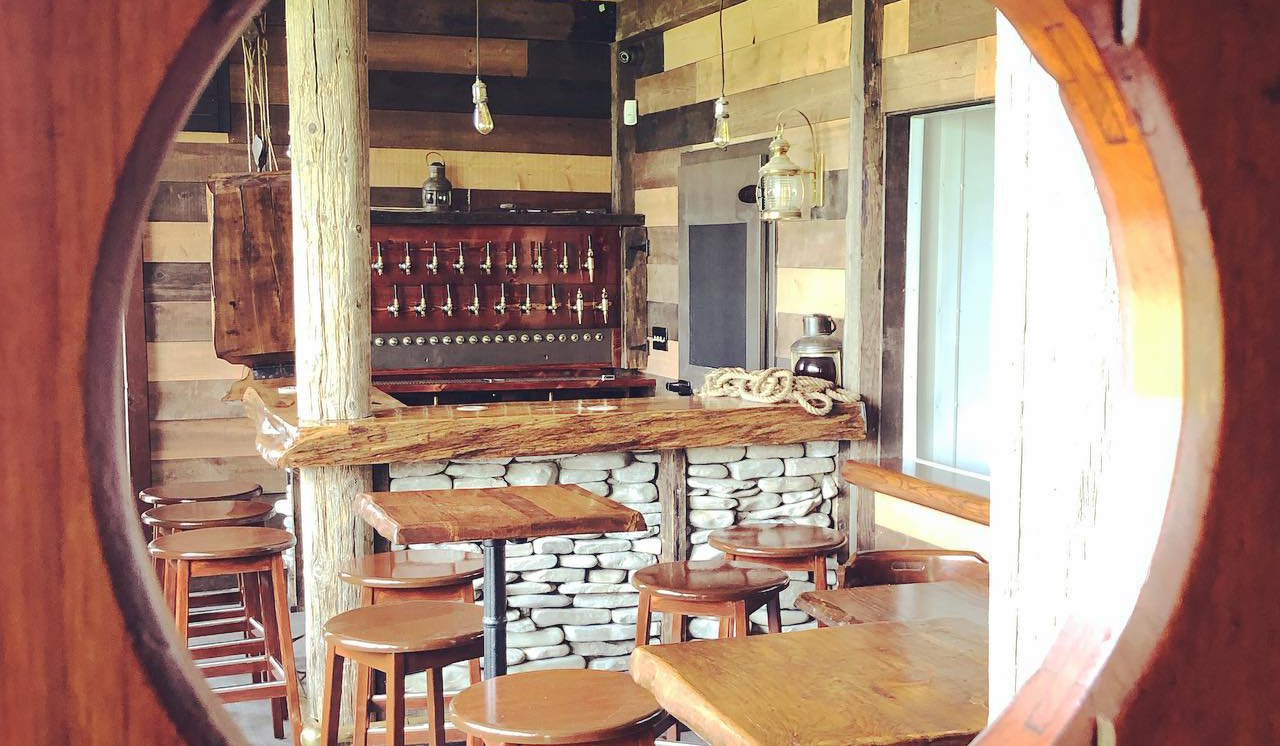
To counteract that, he and his team built a space that’s vibrant, warm, and well-lit – much like the outposts you’d find in Scandinavia or Montreal and that embraces the concept of hygge. There’s a beautiful taproom that invites people to try different beers and chat about their days. And they’ve given people an excuse to come together by offering a wide array of unique events that can’t be found anywhere else.
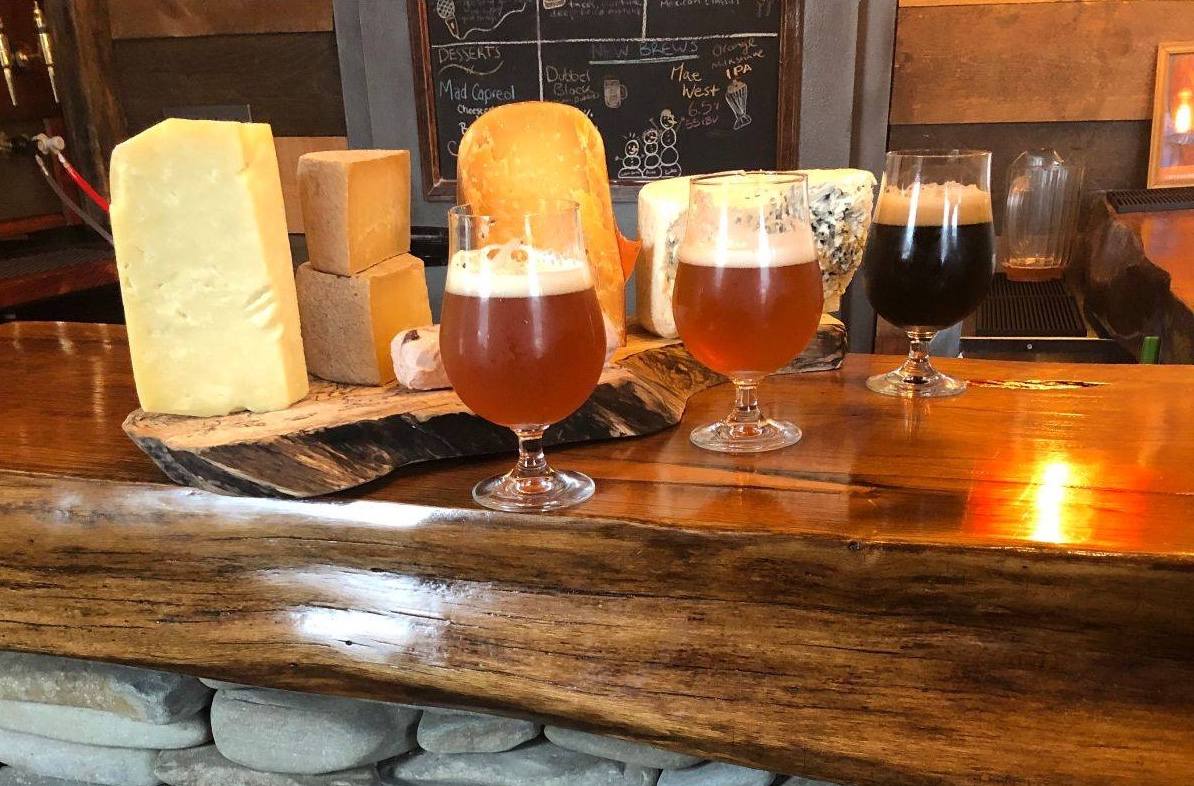
“We’ve been doing beer and cheese events because it’s unexpected – most of us have been brought up to think of wine and cheese – and they’re very popular,” he says. “We’ve done a maple sugar festival, après ski-type programming with fireplaces, Robbie Burns Suppers, and intimate events for Valentine’s Day.”
Ross notes he and his team work to ensure their programming appeals to everyone, regardless of the age and stage of life they’re in, including new immigrants (a demographic that’s booming in Mississauga). The latter especially may not know how to embrace winter or face its many challenges but there’s opportunity in bringing different cultures together to enjoy Canadian winters.
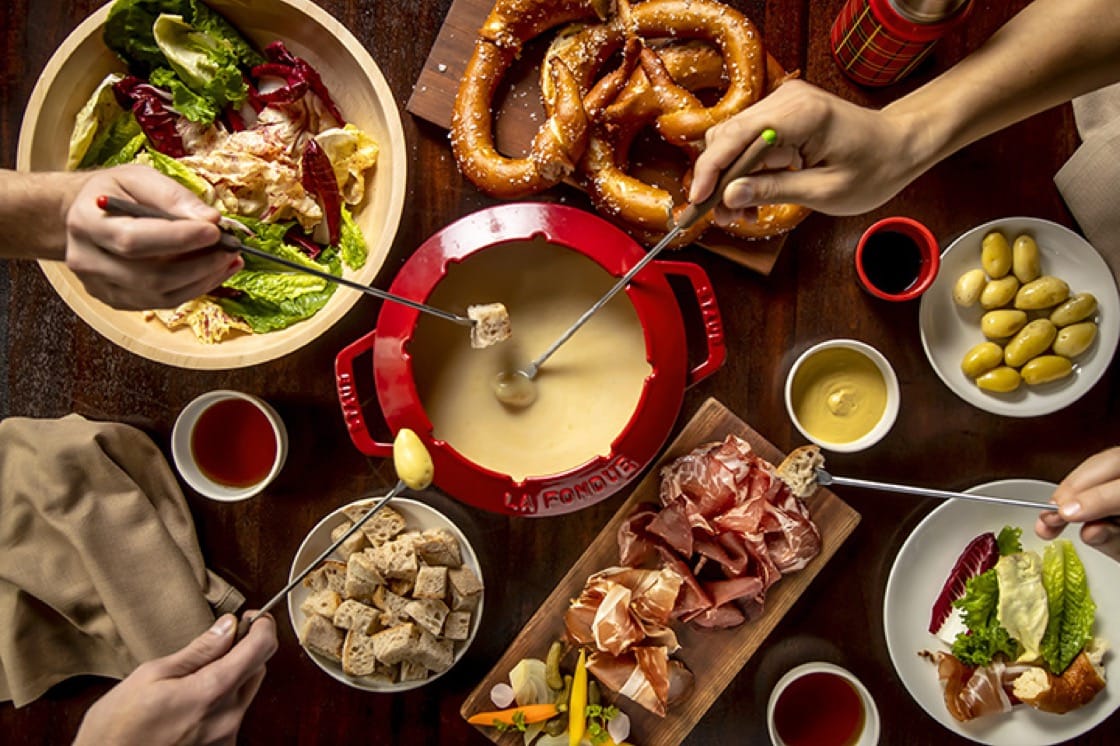
“We want people to feel comfortable with being outside and around a fire when there’s lots of snow on the ground. We want them to be happy and engaged because they’re together,” he says. “We try to break up winter and aim to be a refuge on a chilly and blustery day. We’re what’s warm and vibrant.”
Dennis adds that what Stonehooker is doing aligns nicely with the plans for Lakeview Village. “What is being built is unique. It’s a unique place to support urban living,” he says. “This will be a place where people feel they can embrace winter and cold weather… they won’t let it defeat them.”